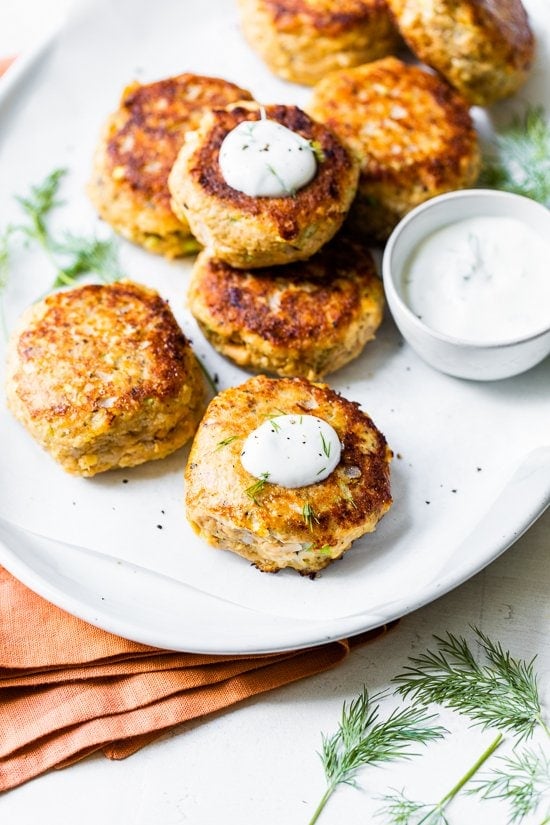You might want to think twice before you rush to slug down another post-workout smoothie. Your pre-workout routine of oatmeal and fruit? It might not be helping in the way you think. And the extra BCAAs you’re drinking during your workout? The real impact is likely only on how much money you have in your wallet.
From building muscle to surviving your endurance runs, the rules of workout nutrition have completely changed. But, there’s one big problem: few people are aware of what really helps you fuel before a workout and recover afterward.
Which is why this is both your warning and a sigh of relief. The latest breakthroughs have rewritten the script, and that’s good news for anyone who likes to exercise. Gone are the days of carb-loading or rushing to have protein within 30 minutes of finishing your workout.
In fact, both nutrient timing and workout nutrition needs have liberating truth: Neither matters as much as we once believed.
So, while you might look at the past as wasted, it’s best to view these new rules for what they are: a serious fitness upgrade that makes it easier than ever to eat the right way to fuel performance, strip away fat, or even build extra muscle without all the extra, unnecessary eating.
Confusion 101: Are Sports Drinks Better Than Water?
If you really want to know why the advice has been so misguided, you don’t have to look any farther than the sports drink aisle at your grocery store.
For most weekend warriors, the need for a sports drink (think Gatorade, Powerade, or any other energetic adjective + “ade”) isn’t as real as the ads make it seem.
Yes, there can be benefits to sports drinks. But, the liquid rejuvenation is limited to a very select group of exercises that deplete their bodies of certain nutrients.
And, for most gym-goers, runners, and weekend warriors, it’s rare that you ever push your body to the point of needing the type of energy locked inside the bottle.
You see, most people’s workouts fall into one of 2 categories:
- High intensity but shorter duration (think less than 1 hour of gym activity)
- Lower or moderate intensity for a longer duration (think 1-2 hour runs)
In both of these cases, the only necessary hydration is water. If you want a little boost, then you might want to sip on some electrolytes (think more sodium and potassium than you’ll find in sports drinks, as well as calcium and magnesium), and a few carbs to help with hydration — but not the 30 grams of sugar packed into your favorite sports drink.
When you’re working out at a high intensity and for longer periods of time (think more than 2 to 3 hours), that’s when sports drinks offer the most benefits because they refill what is lost during that type of extreme condition.
If you regularly sweat out 2 to 3 percent of your body’s weight during long duration, intense exercise—3 to 6 pounds, for most of us—you probably need more sodium. That’s what a sports drink provides.
The same goes for the minerals you lose through heavy sweating. For example, most athletes know about electrolytes. In particular—potassium, magnesium, and sodium—are essential (and have the name “electrolyte) because your body needs them to transmit electrical signals from your brain to your muscles. This is what allows your body to function.
But, the same type of research that was used to formulate products like Gatorade was also the basis of your workout strategy. In other words, Gatorade was designed more for high-level athletes than high-level executives, mothers, fathers, and typical gym-goers.
This was the basis of nutrient timing theory: The high carb amounts. The immediate need for protein. The fear of fats slowing down recovery.
The reality? None of it was really designed for your body.
Do You Have To Eat Directly After Your Workout?
Let’s set one thing clear: What food you put into your body is still very important and determines how hard you can exercise and how well you recover.
The bigger issue is exactly what you should be eating, or maybe, more importantly, when you should be eating it.
The idea of the “anabolic window” or that you need to eat as soon as possible after finishing your workouts is one of the most misleading pieces of fitness advice that has persevered for decades.
It’s based on a fear-driven, scientifically-debunked mentality that your muscles live in an hourglass, and with each passing second of eating before or after a workout you were losing out on improvement.
For the past 20 years, the prevailing idea was that you had about 30 to 60 minutes to eat something after your workout. If not, your body would become catabolic (a state of stress) and you would lose muscle, not recover fast enough, and fail to see the benefits from all your hard work and time invested.
When you think about it, the theory seems crazy. How could the human body have such a small window for recovery?
That was the question exercise physiologist Dr. Brad Schoenfeld aimed to solve.
He reviewed a large number of studies that examined nutrient timing and set out to answer a simple question: Is there such thing as the “anabolic window?”
Turns out there is—but it’s much bigger than anyone ever suggested. And the timing of your meals after a workout isn’t even the biggest indicator of your success. (More on that in a moment.)
When Should You Eat After Your Workout?
After you exercise you burn up your main energy store of carbohydrates, also known as glycogen. So, it only makes sense that you need to refuel glycogen by eating lots of carbs to replace what was lost.
But, when food was consumed in a shorter window of time after a workout there was no significant difference than when it was consumed after a long delay.
In fact, the research would go as far as suggesting that your post-workout window is actually the entire 24 hours after you train, with the key time to eat ideally occurring anywhere within 4 hours after you finish your last set, stop your run, or end your athletic event.
Not exactly the same message as slug your protein shake before your muscles shrink.

How did this massive misunderstanding occur?
It goes back to the sports drink phenomenon. The “glycogen emptying” idea wasn’t really applicable to the average person. In reality, it takes a tremendous effort to completely deplete your glycogen stores.
Extreme marathoners can do it. Bodybuilders who train twice per day can do it. NFL athletes who play a 3-hour game can do it.
But you? It’s a different story.
Most people don’t’ go to the gym completely fasted or do workouts that completely tap-out your energy reserves (even if you feel exhausted). And yet, those were the test conditions used to determine what to eat after your workout.
While it might feel like your body needs food immediately, the ROI of rushing to or even forcing food into your system is minimal: you won’t see added strength, additional muscle, faster fat loss, improved endurance, or a boost in recovery.
The new rules of nutrient timing focus on the bigger picture. If you want to perform and look your best, then you need to consider three factors: what you eat before your workout, what you eat after, and what type of activity you perform.
Need help understanding the proper foods to fuel your body? Our coaches can create a plan for you. Find out more here.
How to Fuel Your Workouts The Right Way
Just because the timing of your post-workout meal has been reduced from urgent to “apply on your time,” doesn’t mean the entire concept of nutrient timing is dead.
In fact, it’s just the opposite. There’s never been a clearer idea of exactly what you should be eating to help your body. And the biggest breakthrough is clear. Protein is the new carbs.
It used to be that you needed to fuel up with carbs prior to your workout and then replenish after your workout. This all ties back to glycogen as a primary source of energy and fuel for your body. Most research tested the benefits of using carbohydrates as fuel and then tested different amounts of carbs.
But, even that rationale was a bit flawed. Nutrient timing should focus on three aspects that help improve your performance and appearance.
Glycogen replenishment: Glycogen is your fuel. The more you have the harder you can push your body for longer periods of time.
Protein breakdown: If you want to gain muscle, protein synthesis (anabolism) has to be greater than protein breakdown (catabolism).
Protein Building – Protein Breakdown = Muscle Growth or Loss
So, it only makes sense that you want to slow the breakdown process.
Protein synthesis: Eating protein after a workout is supposed to optimize the other side of the same equation by increasing muscle protein synthesis, the process that helps you repair and rebuild muscle.
Combined, all three of these factors influence how hard you can train (endurance, strength, work capacity), how well you recover, and your ability to build muscle and burn fat. So it only makes sense that what you eat should target any or all of these goals.
Do Carbs Help Your Workouts?
Carbs are a great source of fuel for your body. But, eating more carbs doesn’t necessarily mean you’ll have more energy. And that’s because depleting glycogen is actually very difficult.
For example, let’s say you did a full-body workout of 9 exercises, performed 3 sets of each exercise (so 27 sets total), and pushed at a high intensity of 80 percent of your 1 rep max. That’d be a grueling workout, but when researchers tested this exact protocol, they found that it only depleted about one-third of total glycogen stores.
Even crazier? When a similar workout was tested and followed with no food, about 75 percent of the depleted glycogen was replenished within 6 hours.
So what’s going on? Your body is protective of your energy. The more you deplete your glycogen, the faster resynthesis occurs. The higher your intensity, the quicker you recharge. Even in marathon runners and endurance athletes, complete resynthesis is usually complete within 24 hours.
That’s not a call to avoid carbs. They are important and necessary, and if you’re exercising they need to be a part of your plan.
But, the extreme nature of pre-workout (carb-loading) and post-workout (insulin-spiking) carb needs were overblown. You don’t need to fuel up with hundreds of grams of fuel pre, during, and post-workout because you’re not tapping out your glycogen.
When your tank is empty, you’ll know it without question. So, your ideal carb plan will ultimately depend on the type of activity you perform.
How Much Protein Should You Eat After a Workout?
When eating protein and carbs was compared to carbs alone, it instantly became clear that protein is your body’s best friend. Adding protein improved recovery, muscle protein synthesis, and protein breakdown.
But most interesting? When protein and carbs (25 grams of protein and 50 grams of carbs) was compared to just protein alone (25 grams), there was no additional benefit in terms of muscle protein synthesis or muscle protein breakdown when the carbs were added.
The verdict: Protein is the new king of workout nutrition.
And it doesn’t end there. While we know that protein is important for preventing muscle protein breakdown and fueling muscle protein synthesis, and some carbs (but not too much) are good for glycogen, how much you eat around your workout should not be your primary consideration.
Research shows that the most important dietary factor for performance and appearance was not how much protein or carbs you had before or after your workout, but rather how much you ate in the entire day.
In essence, even if your pre- or post-workout nutrition was less than optimal (say, if you’re in a rush to get to work), as long as you still ate the right amount of nutrients (proteins, carbs, and fats) for the entire day, then you would still see benefits.
The Best Pre- and Post-Workout Nutrition Plan
Timing nutrition around your workout is a good idea for both fueling your performance and helping recovery. But, you don’t need to stress the timing as much as we once thought. Instead, the urgency of nutrition depends more on the activity you perform and whether you eat something before you exercise.
When you enjoy a pre-workout meal, that will determine what you need after a workout. That’s because eating before your workout ensures that your insulin, amino acid, and glucose levels are still going to be high several hours after the workout.
Most mixed meals will keep your insulin levels high enough to stop protein breakdown for 4-6 hours. A 45-gram dose of whey protein will do the same for about two hours. Most studies have shown that if you eat protein before, immediately after, or several hours after your workout, your muscle protein synthesis will be about the same.
Translation: choose a pre- and post-workout nutrition approach that works for you.
If you don’t like to eat before a workout, then don’t. But you’ll want to emphasize that post-workout meal more because you won’t have protein or carbs in your system.
If you do like a meal before exercise, there’s no rush to refuel immediately after. Not to mention, if you load up on carbs (such as with oatmeal or some fruit), depending on your type of activity you might not even need post-workout carbs.
The closer your meal is to the training bout, the longer your window following the session. And both are dependent on your primary training goal. Meaning there isn’t a gold standard for what you should be eating around your workouts. Instead, you should fuel your body based on the type of activity you perform.
And remember, as long as you consume enough protein by the end of the day, your body generally has no trouble growing new muscle tissue, recovering, or having the energy needed to push through and become better.
To help you figure out your needs, use the activity chart below — based on the latest research — to help determine exactly what you need for your body and your goals.
The Ultimate Guide to Workout Nutrition
Your Goal: Endurance Sports

Examples: Long-distance track and cycling events, marathons, basketball, soccer, MMA
What to eat: Carbohydrates for replenishing muscle glycogen, maintaining stamina, and maintaining energy during your event.
What to remember: It’s easy to argue that nutrient timing is most important for endurance athletes because of the duration and demands of the activity. Performance is the main goal, therefore making carbohydrates more important as a fuel source during the activity and after for recovery. Protein, while useful for minimizing protein loss, is not as essential in the moment for these athletes, but is still important for recovery and retention of muscle.
Your Nutrition Plan
- The Focus: carbs and protein
- The dose: 0.2-0.25 g/lb target bodyweight for both protein and carbs
During your workout
- For every hour of endurance activity, consume 8-15 g protein and about 15-30 grams of carbs. Liquids and gels are usually best for this.
Your Goal: Strength/Power Sports

Examples: Olympic weightlifting, football, powerlifting, bodybuilding, high-intensity intervals
What to eat: Protein for optimizing muscle recovery and growth and minimizing muscle damage
What to remember: Based on the length of time and type of activity, muscle glycogen is not depleted to the extent of endurance sports. Protein is important for supporting strength and muscle growth while minimizing muscle damage and loss. Carbohydrates are important, but less so, and are generally taken care of by meeting total daily calorie and macronutrient goals.
Your Nutrition Plan
- A balanced, full meal consisting of carbs and protein, 0.2-0.25 g/lb target bodyweight for both protein and carbs
Your Goal: Weight-Loss

Examples: Any type of activity geared towards losing weight. This is your typical cardiovascular type of activity (walking, treadmill, stairstepper) or weight training. NOTE: This is not high-intensity work or something like CrossFit, which is more likely to fit into the strength or endurance categories.
What to eat: Fewer calories (calorie deficit) and more protein
Want a personalized fat loss plan? Our coaches can create a plan for you. Find out more here.
What to remember: The most important thing to keep in mind is you must burn more calories than you bring into your body. Create a calorie deficit first, and then worry about dialing in your pre- and post-workout nutrition.
Your Nutrition Plan
- Eat a balanced, full meal consisting of carbs and protein, 0.2-0.25 g/lb target bodyweight for both protein and carbs
Your Next Steps
Remember that nutrient timing should focus on three core aspects: glycogen replenishment, protein breakdown, and protein synthesis. And rather than stressing over timing, focus on giving your body the proper nutrition based on what type of activity you perform.
Have questions? Share them in the comments below.
Or if you’re looking for more personalization and hands-on support our online coaching program may be right for you. Every client is assigned two coaches — one for nutrition and one for fitness. Find out more here.
The post What to Eat Before and After a Workout appeared first on Born Fitness.
from Born Fitness https://ift.tt/3j8Qlos
via
babu31




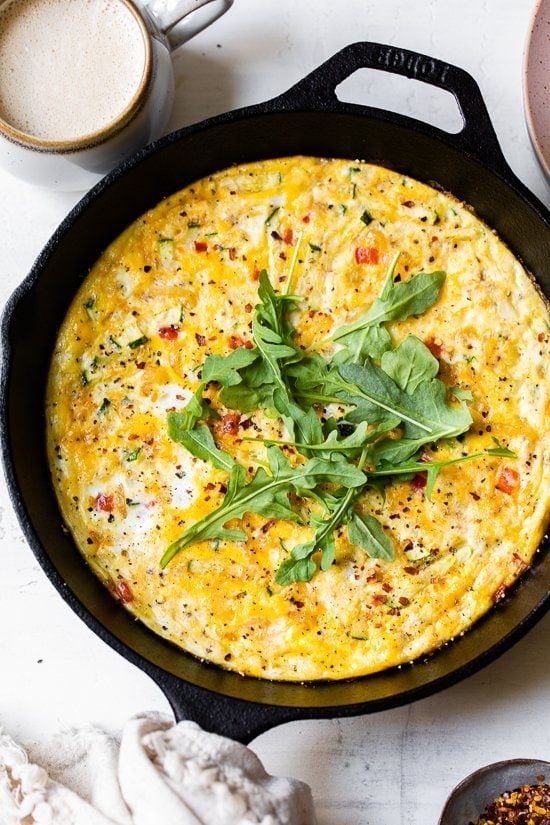
 This post is sponsored by FAGE; however, all thoughts and opinions are my own. Greek yogurt is one of those ...
This post is sponsored by FAGE; however, all thoughts and opinions are my own. Greek yogurt is one of those ...
 As Australia’s two most populated states battle to contain outbreaks of COVID-19, governments and health and community leaders are under pressure to improve their communications and engagement strategies. In the latest edition of the COVID-19 wrap, public health researcher Alison Barrett shares a wealth of useful examples of effective communications […]
As Australia’s two most populated states battle to contain outbreaks of COVID-19, governments and health and community leaders are under pressure to improve their communications and engagement strategies. In the latest edition of the COVID-19 wrap, public health researcher Alison Barrett shares a wealth of useful examples of effective communications […]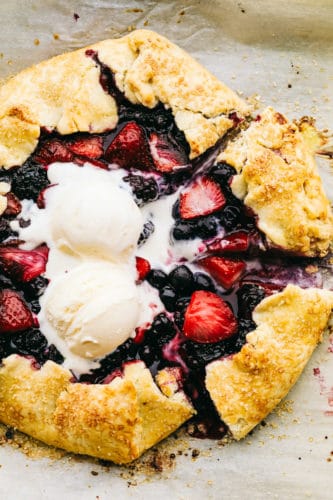
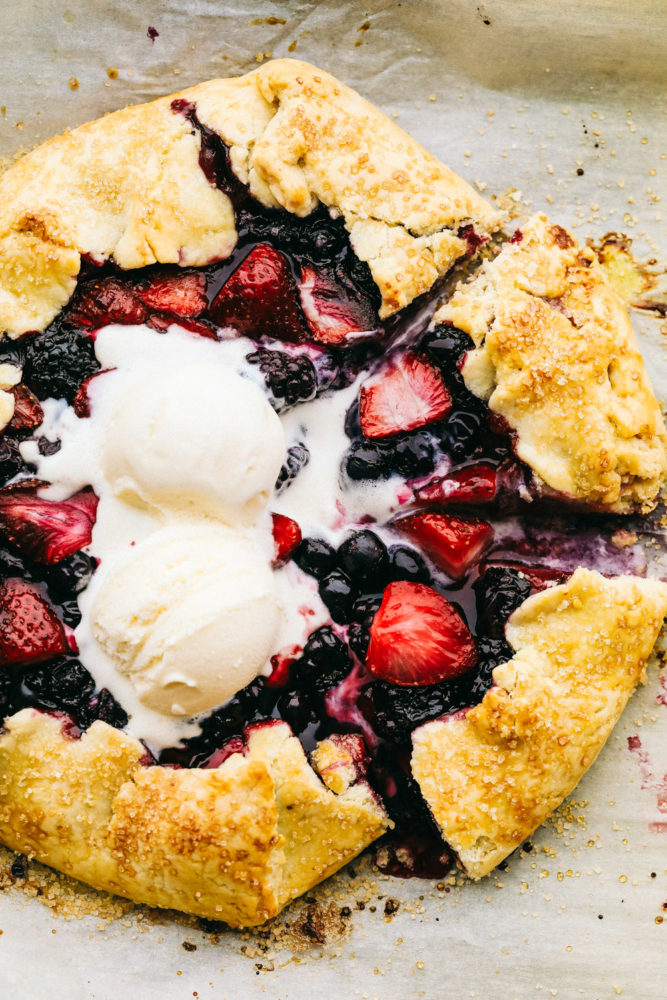
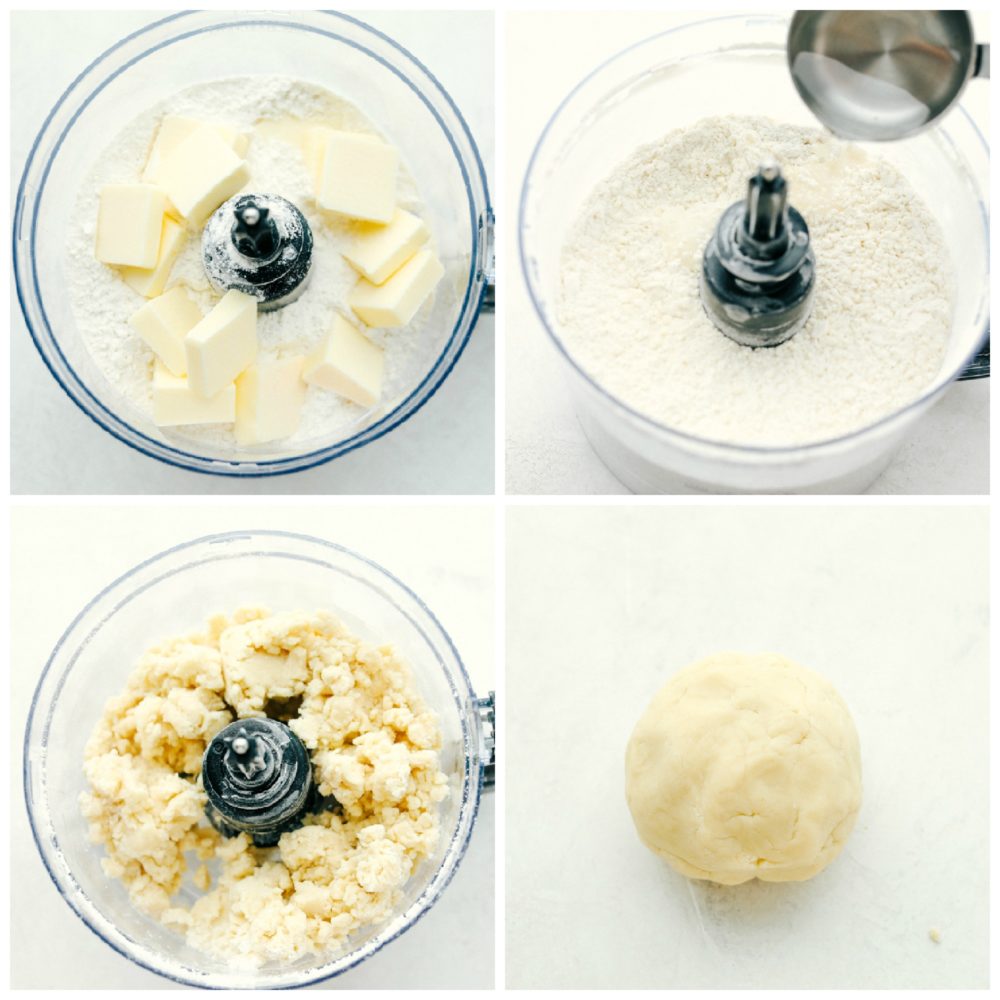
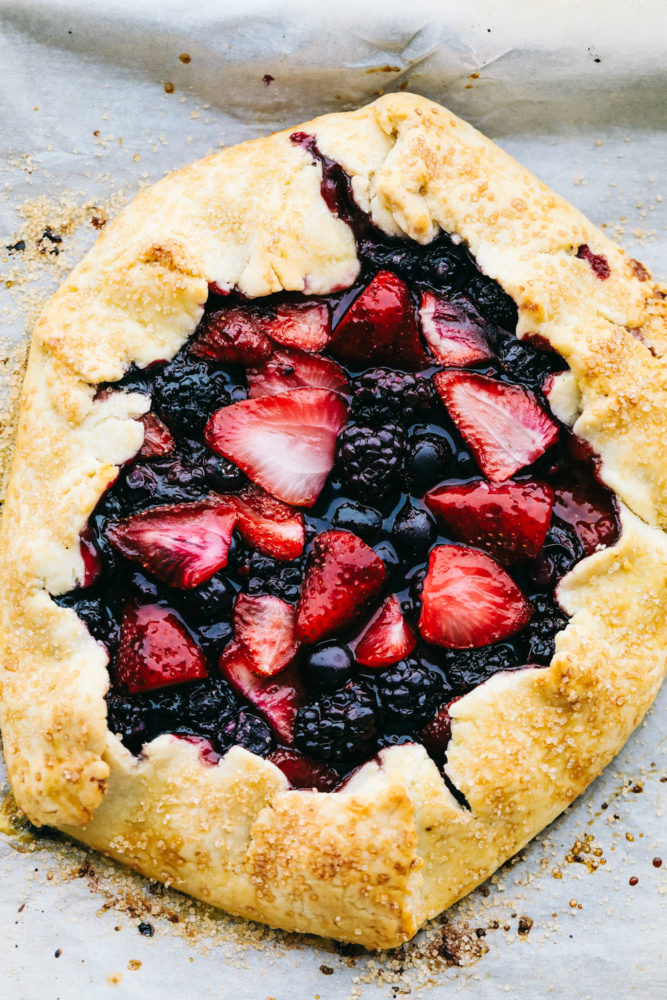
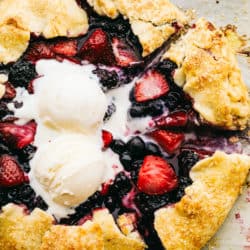
 As an upsurge in COVID-19 cases puts pressure on communities and health and other systems in Victoria and New South Wales, it’s important to keep learning from experiences in other countries. Maximilian de Courten, Bo Klepac Pogrmilovic and Rosemary Calder write: The World Health Organization reported more than 230,000 new […]
As an upsurge in COVID-19 cases puts pressure on communities and health and other systems in Victoria and New South Wales, it’s important to keep learning from experiences in other countries. Maximilian de Courten, Bo Klepac Pogrmilovic and Rosemary Calder write: The World Health Organization reported more than 230,000 new […] The world is not on track to achieve a goal of zero hunger by 2030, according to a 320-page report released this week by the Food and Agriculture Organization (FAO) and other agencies. If recent trends continue, more than 840 million people will be affected by hunger by 2030, finds […]
The world is not on track to achieve a goal of zero hunger by 2030, according to a 320-page report released this week by the Food and Agriculture Organization (FAO) and other agencies. If recent trends continue, more than 840 million people will be affected by hunger by 2030, finds […] A timely new study investigating the experiences of civil society activists globally provides some useful insights for those working to promote health equity in the wake of the pandemic, writes Peter McInnes. A key lesson is that Non Government Organisations (NGOs) can be part of the problem rather than the […]
A timely new study investigating the experiences of civil society activists globally provides some useful insights for those working to promote health equity in the wake of the pandemic, writes Peter McInnes. A key lesson is that Non Government Organisations (NGOs) can be part of the problem rather than the […] Eight organisations representing psychologists have issued a public statement committing to action on racism. Below, Donna Murray and Tanja Hirvonen from Indigenous Allied Health Australia (IAHA) welcome this commitment, and say it is needed across all professions. Donna Murray and Tanja Hirvonen write: Indigenous Allied Heath Australia (IAHA) were pleased […]
Eight organisations representing psychologists have issued a public statement committing to action on racism. Below, Donna Murray and Tanja Hirvonen from Indigenous Allied Health Australia (IAHA) welcome this commitment, and say it is needed across all professions. Donna Murray and Tanja Hirvonen write: Indigenous Allied Heath Australia (IAHA) were pleased […] The pandemic has brought significant amounts of misinformation into the public sphere particularly through social media. A notable conspiracy theory implicates 5G towers in the spread of COVID-19. Misinformation on the health impacts of 5G is dangerous and is filtering into the mainstream through our democratic institutions. This […]
The pandemic has brought significant amounts of misinformation into the public sphere particularly through social media. A notable conspiracy theory implicates 5G towers in the spread of COVID-19. Misinformation on the health impacts of 5G is dangerous and is filtering into the mainstream through our democratic institutions. This […] As previously reported at Croakey, the road to alcohol regulation has been long and fiercely contested. This Friday, Australian and New Zealand Food Forum Ministers will decide whether to support an effective health warning on alcohol labelling. Or alcohol industry lobbying may result in a watered-down version. A strong message […]
As previously reported at Croakey, the road to alcohol regulation has been long and fiercely contested. This Friday, Australian and New Zealand Food Forum Ministers will decide whether to support an effective health warning on alcohol labelling. Or alcohol industry lobbying may result in a watered-down version. A strong message […]

